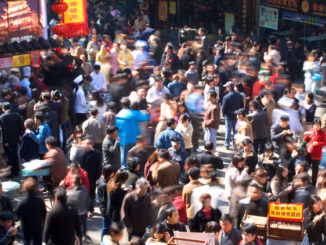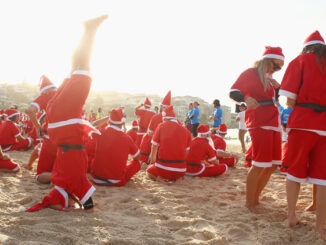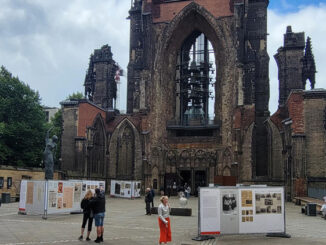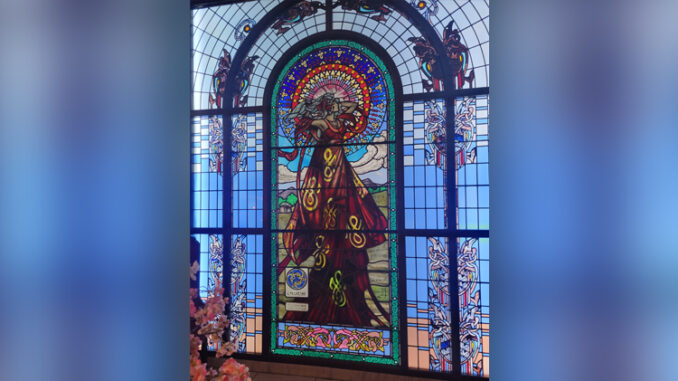
The history of Ireland stretches back thousands of years. Where do you even start? Let’s explore three important eras that helped define the nation.
1. Celtic Ireland
Long ago, when the Roman Empire controlled much of Europe, Ireland was known as Hibernia. The Romans called it Hibernia, which means “land of winter.” The island was densely forested then. Because of this, most settlements were built along the coasts. To this day, Ireland’s biggest cities are along the coast. Over the centuries, people explored the island, clearing trees. They established settlements farther inland.
The Celts dominated early Ireland. They were a group of people who originated in east-central Europe. Historians cannot pinpoint the exact date when the Celts arrived in Ireland. But artifacts and other physical evidence of the Celts date back thousands of years. Many aspects of Irish culture come from the Celts. Ireland’s official language, Irish—also known as Gaeilge—came from the Celts. The Celts believed in many gods and goddesses. The mythology of Celtic Ireland is still passed down to new generations today. Artists and writers around the world find inspiration in some Irish myths.
Photo Credit: Brian Hauser
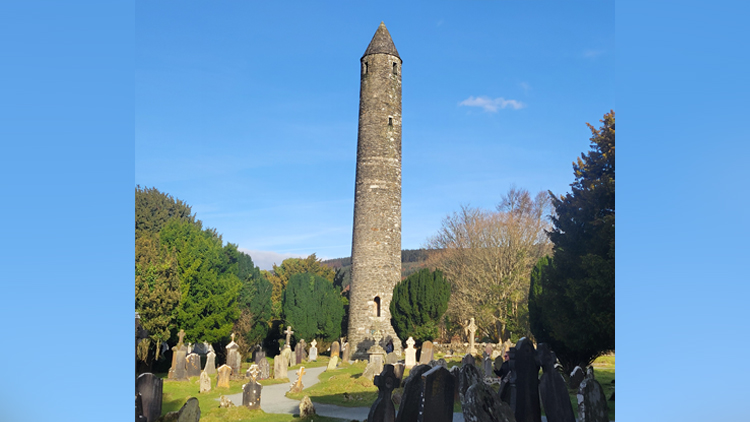
This medieval round tower at Glendalough monastery was constructed roughly a thousand years ago.
2. Ireland in the Middle Ages
During the Middle Ages, Ireland was divided into small kingdoms ruled by clans. Each clan was independent and led by a chief. Sometimes the clans united under a single leader. This ruler was known as the High King. However, for most of the Middle Ages, Ireland was divided into many clans. This left the island vulnerable to invasion. Vikings began raiding Ireland’s coasts in the 8th century. The Vikings were a group of people from Scandinavia. They founded the city of Dublin. Today, Dublin is Ireland’s most populated city.
In the early Middle Ages, many people in Ireland became Christians. Some of them became monks. Monks are Christians who devote their lives to prayer and study. They built monasteries (settlements for monks and people who take religious vows) around Ireland. Some of the most impressive structures from the Irish Middle Ages were built by monks. Tall round towers were made so that people would know there was a church nearby. The top floor often had a bell the monks rang.
Photo Credit: Brian Hauser
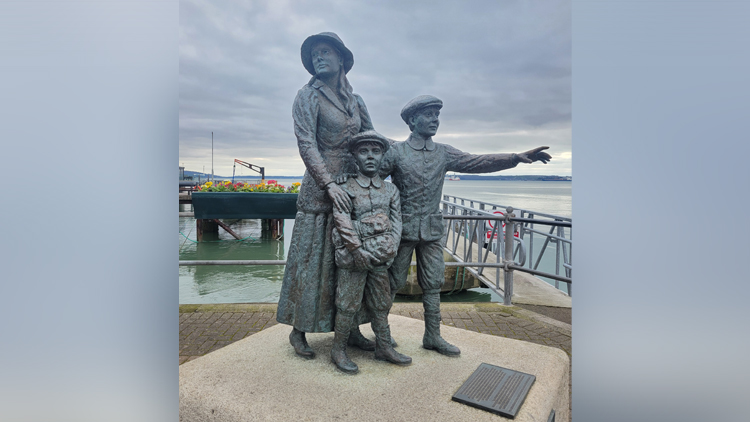
A statue of Annie Moore with her brothers in Cobh, Ireland. She was the first Irish emigrant processed at Ellis Island in New York Harbor.
3. British Rule and Independence
For centuries, Britain maintained direct or indirect control over Ireland. They forced the Irish people to give up their language and speak English. They prevented Irish Catholics (followers of a Christian faith known as the Roman Catholic Church) from owning land or businesses. In the 19th century, much of Ireland’s farmland was devoted to providing crops to Britain. Many Irish people relied on potatoes for food. In 1845, the potato crop became infected with mold. This meant they couldn’t be eaten. A million people starved to death. Around that time, another million people emigrated (left a country to live elsewhere) from Ireland. They moved to places like Australia, New Zealand, Canada, and the United States.
Many Irish people were displeased with British rule. They wanted to form an independent nation. Irish rebels fought the British for years. In 1921, Ireland gained its independence from Great Britain (more commonly known as the United Kingdom in recent years). However, six counties in northeast Ireland remain a part of the United Kingdom today.
What Do You Think? Which era of Irish history would you like to know more about? Why?
Photo Credit: Brian Hauser

